A lower-calorie salad sounds like a given. But…
Some salads can be waistline busters thanks to jumbo sizing and an overload of high-cal ingredients. That’s why you always want to be wary of eating salads at a restaurant. But if you skip certain ingredients, like dressing or protein, your salad will be too skimpy, making you prone to hunger later on.
So what are the ideal ingredients to get that perfect healthy mix? Here’s what Digest Diet author Liz Vaccariello suggests, and what studies show can help with weight loss:
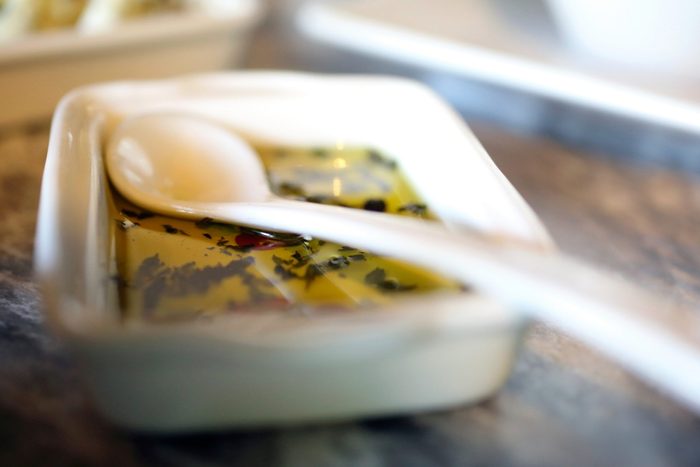
Use an oil-based salad dressing
Here’s why: Many nutrients—specifically vitamins A, D, E, and K—are fat soluble, which means your body can’t absorb and use them without some fat present. So a fat-free dressing is actually counterintuitive. In fact, a small 2017 study in the American Journal of Clinical Nutrition found that people who ate salads with a soybean oil-based dressing better absorbed nutrients in their salad veggies than those eating the same salad without the oil-based dressing. And the more oil (the max was about 2 tablespoons in the study), the better those nutrients were absorbed. Plus, other research suggests unsaturated fatty acids may help alter how fat is stored in the body compared with saturated fat, and could make your salad more filling. Even better? Toss the oil with vinegar, which may help with weight loss: Studies suggest it may also help prevent blood sugar spikes after meals. Don’t miss these healthy salad dressing recipes that add more than just flavor.
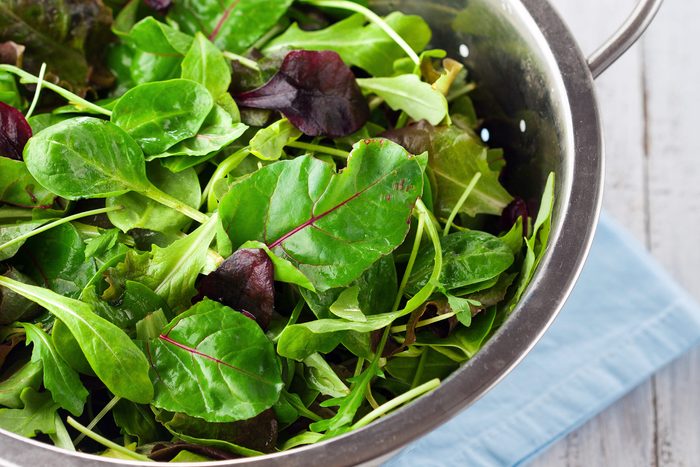
Mix up your greens
Every type of green—romaine, radicchio, iceberg, spinach—boasts its own unique nutrients and healthy benefits. For optimal nutrition, mix ’em up (either within the same bowl, or from day to day). Also consider adding some herbs, like basil or parsley; they pack a strong punch of flavor and loads of disease-fighting antioxidants. And the more flavorful your salad naturally is, the fewer high-cal ingredients you’ll need to add for taste.
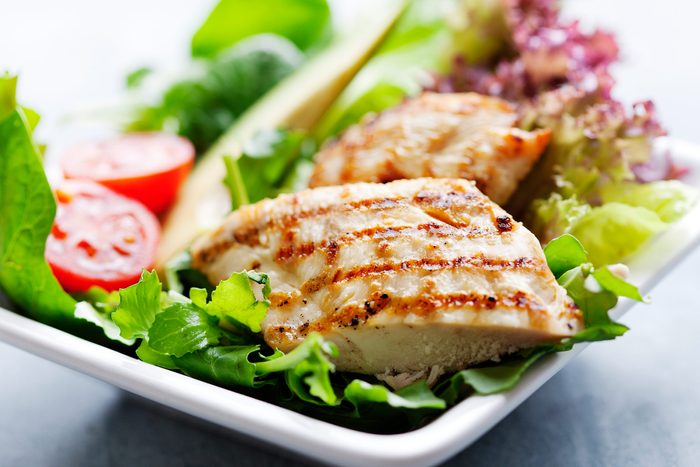
Lean on protein
Whether you choose grilled chicken or salmon, edamame or tofu, or nuts or seeds, you’ll feel more full. Stick to a healthy serving size to keep calories in check (a few ounces of meat, or a quarter cup of beans). Here are the best plant-based protein sources.
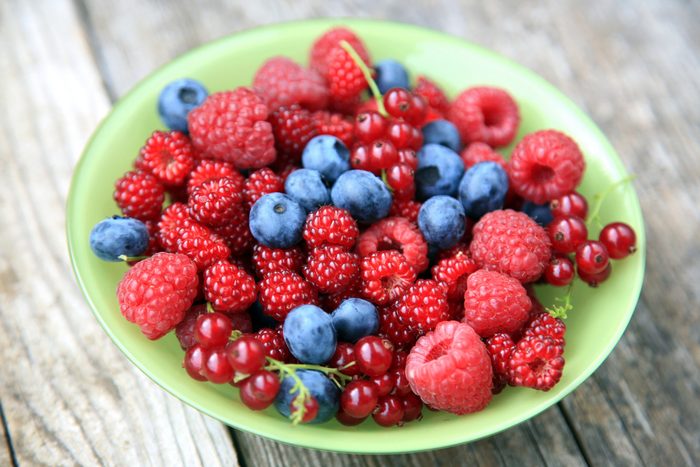
Throw in plenty of other veggies and fruits
Research shows that many vitamins and minerals have unique synergistic effects—meaning that they’re even more powerful when eaten together. So pack your salad with as many other veggies or fruits as possible! Carrots, cucumbers, different colored peppers, broccoli, peas, artichokes, strawberries, raspberries, or pears are great choices to get in different textures as well as plenty of filling fiber. Learn more about powerful food pairings.
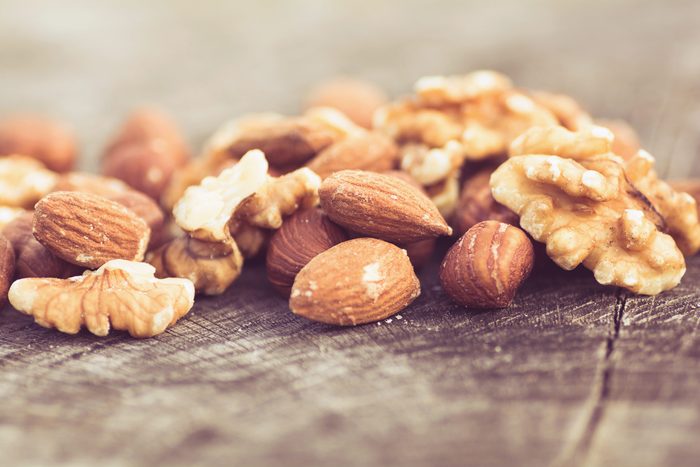
… And skip the croutons
White-bread croutons have few nutrients and a high glycemic index, which means they could cause a spike in blood sugar. Instead, satisfy your craving for crunch with nuts or seeds and different veggies. Still want carbs? I like to add brown rice or protein-packed quinoa; research suggests whole grains may decrease body fat and overall food consumption.
